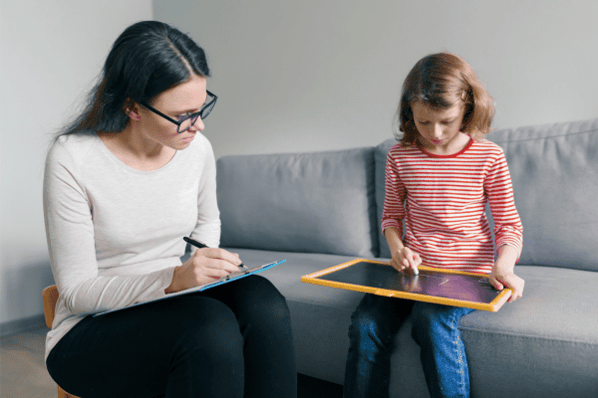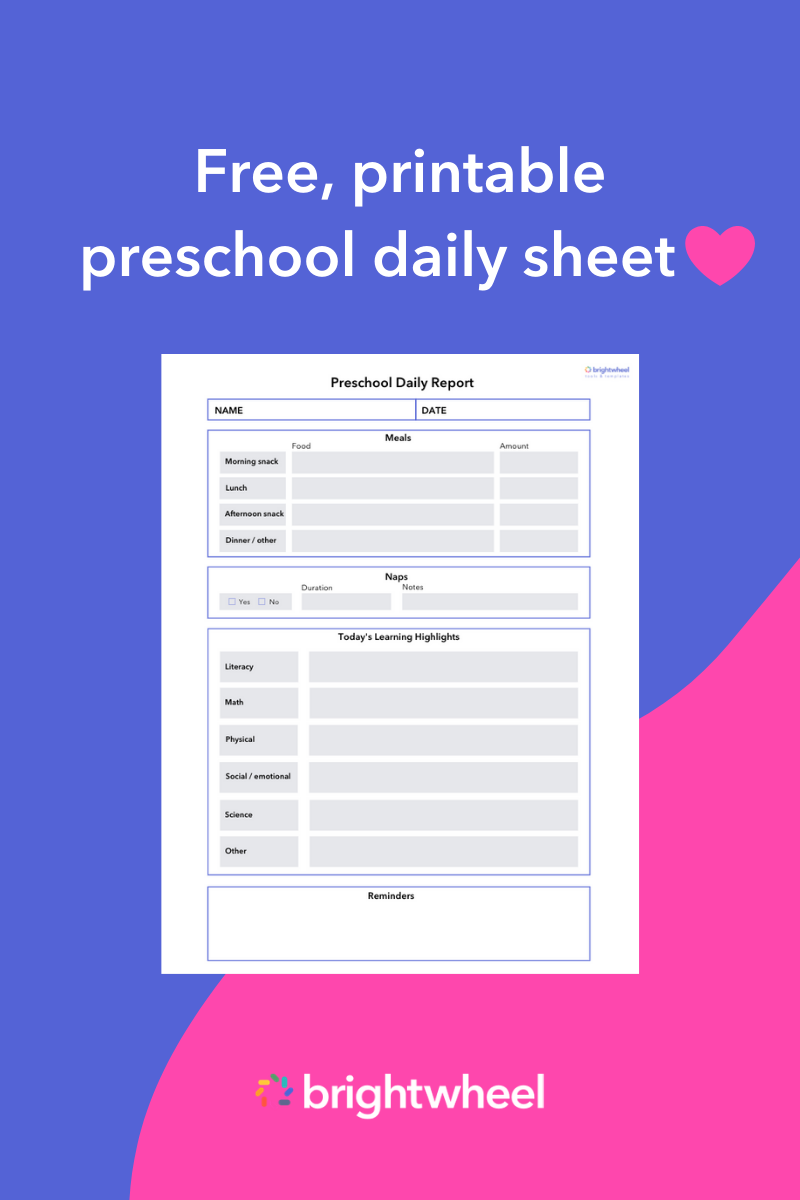
In early childhood education, observations and milestone tracking are crucial to a child's growth. During childhood observation, a teacher tracks and records a child's behavior over time, paying close attention to their actions, interactions, reactions, and behaviors.
By monitoring and documenting actions and interactions, teachers can assess a child's progress against developmental milestones, learn how they see the world, and understand who they are as individuals. These objective observations then help teachers plan lessons and set and accomplish goals.
Keep reading to learn the guidelines for effective observation and the role objective observation plays in collecting and documenting information about a child's behavior and development.
What is objective observation?
Objective observation takes a facts-first approach. It relies on descriptions and documented observations based on details, with little interpretation. As an objective observer, you will record each detail and action without offering an opinion on what's happening. During this process, you'll provide information only on factual details that can be heard, seen, or otherwise observed.
During this process, you will watch, listen, document, and analyze children's behaviors and habits as they socialize, explore, learn, and play. As a result, you'll keep detailed and meaningful documentation of patterns and activities. All of this provides visibility into the following:
- Behavioral challenges and changes
- The child’s communication style
- How they interact with their peers
- Potential special needs they may have
- The child’s strengths and weaknesses
- Their interests and skills
- Who they are and how and what to teach them
Throughout observation, you'll document and reflect on the information and evidence you've gathered. You’ll use these observations in your assessments and planning. Ultimately, this allows you to consider what improvements to make and to incorporate the changes into the children’s lessons to support their current needs.
Brightwheel makes it easy to include observations on your preschool daily reports. These digital daily reports replace pen and paper and enable teachers to easily log activities and capture milestones directly in the app. You can even streamline family communication by sending automated summaries to families every day.
Objective versus subjective observation
Objective observation contains only descriptive words in documented information. Conversely, subjective observation centers around one's assumptions, thoughts, and perspective on what occurred. It is best to focus on observing objectively before assessing what you've seen. As a teacher, be as objective as possible when documenting childhood observations to avoid preconceived notions and unsupported conclusions.
Objective and accurate observations include the following:
- Descriptions of actions
- Descriptions of children's vocalizations
- Direct quotes of children's language
- Descriptions of facial expressions and gestures
- Descriptions of creations (e.g., stacked blocks, scribble drawings, finger-painted pictures)
Subjective observation examples |
Objective observation examples |
|
Eddie is probably upset because Sandy took the dinosaur from him. |
Sandy took the dinosaur from Eddie. |
|
Eli loves to color. He was too excited and accidentally broke the brown crayon while coloring the picture. |
Eli broke the brown crayon while coloring the picture. |
|
Malcolm was frustrated and moved to another table with his workbook. |
Malcolm collected his workbook and moved to another table. |
One method of objective observation is an anecdotal record. An anecdotal record is a brief written record of a snapshot in time, documenting specific details of a child’s activities and interactions in the classroom. These are typically quick and easy for teachers to write and are done in the moment to capture details as accurately as possible. When writing anecdotal notes, it's important to be as objective as possible, writing direct quotes from the child and descriptions of facial expressions or gestures, without including any interpretations or assumptions of a child’s feelings.
Why is objective observation important?
Documenting what you observe is a valuable part of assessing a child's progress. Objective observations can be included in a child’s formal or informal progress reports or can be used to build a comprehensive child portfolio that showcases each child’s accomplishments and progress throughout their early childhood education. Tracking this development supports learning outcomes, enhances family engagement, and allows you to reflect on the effectiveness of your program.
When you take the time to observe and analyze a child, you can better understand where they are developmentally, where they need improvement, and where they stand regarding developmental milestones associated with their age group. If done correctly, objective observation is a helpful tool in assessing, evaluating, and responding to a child's progress.
Whether your personal opinions are negative or positive, subjective observations can often cloud your judgment. However, by objectively observing, you can accurately record a child's behavior based solely on facts. This enables you to assess children properly, identify possible challenges, and ultimately decide on the best and most effective way to respond.
Creating an accurate record of a child's progress provides a better timeline for understanding their developmental growth. In addition, it helps you and their families track their progress and identify areas of concern or opportunities for additional help.
Your objective observations can inform your daily reports that you share with families. Download our preschool daily report template to keep track of each child's meals, nap time, and learning highlights.
Preparing for objective observation
There are specific techniques that will prepare you for observing children in your class objectively. By following these tips, you can make better, more informed decisions regarding your children.
- Find a comfortable place to sit in the classroom.
- Remain in the background and out of the way of the children and other teachers.
- Although you may be tempted to help the children, especially if they ask for help, refer them to other teachers in the classroom if possible.
- Avoid making direct and lengthy eye contact with the child you are observing. Instead, use regular glances around the room to avoid alerting the child that you're watching them.
- When writing your observations, be sure to avoid any biased statements. Include only what you see and hear. Don’t include your opinions or assessments about what you've observed.
Written observation example
Below is an example of how to write an observation. For starters, begin with your objective observation.
"Kayla played with the blocks in the corner of the room. First, she stacked them on each other until they fell over. Then, she picked them up and began stacking them again. Finally, after playing with the blocks for 10 minutes, she stood up and sat at the desk to color."
After completing your objective observation, you can write a subjective one in your assessment of what happened.
"Kayla played with the blocks in the corner of the room because she doesn't socialize well with the other children. First, she stacked the blocks on each other until they fell over. Then, after they fell, Kayla became visibly frustrated but decided to try again.
She picked up the blocks and began stacking them again. Finally, after playing with the blocks for 10 minutes, she excitedly stood up and sat at the desk to color."
Map out your approach to objective observation
Supporting a child and their educational growth involves more than instilling knowledge. It also requires observing and assessing their progress to make well-informed decisions to guide their future learning. Through objective observation you can determine if a child needs additional support or if your teaching methods need to be adjusted.
When you observe, document, and analyze this information, you can be thoughtful and proactive in planning the next steps in a child's education.
Brightwheel is the complete solution for early education providers, enabling you to streamline your center’s operations and build a stand-out reputation. Brightwheel connects the most critical aspects of running your center—including sign in and out, parent communications, tuition billing, and licensing and compliance—in one easy-to-use tool, along with providing best-in-class customer support and coaching. Brightwheel is trusted by thousands of early education centers and millions of parents. Learn more at mybrightwheel.com.



